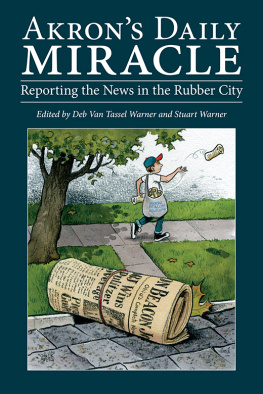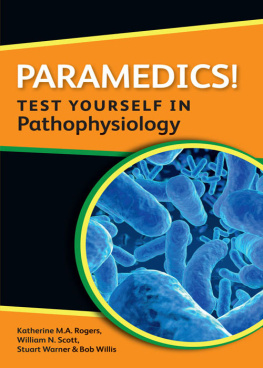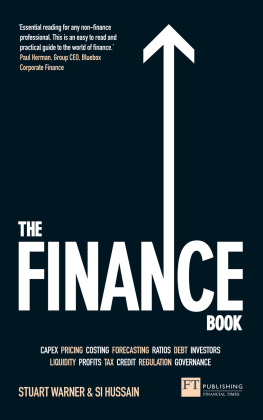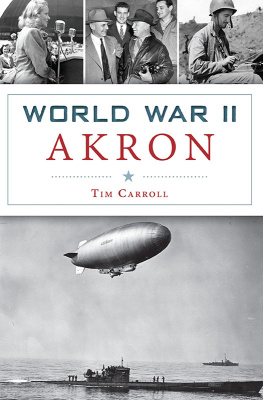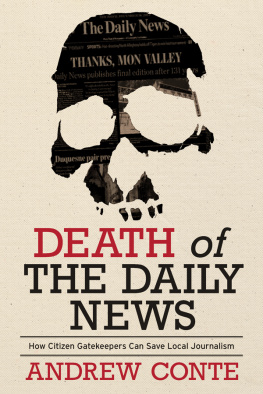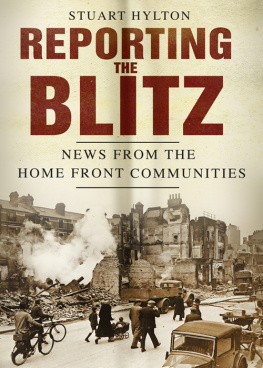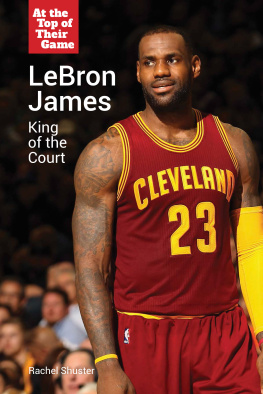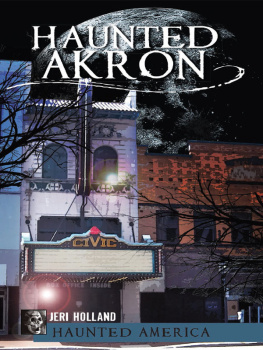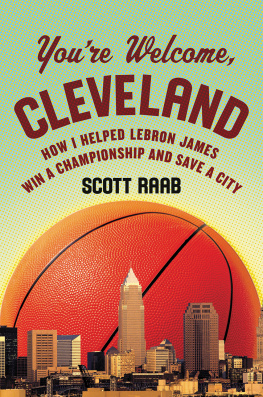
AKRONS DAILY
MIRACLE
Series on Ohio History and Culture
Series on Ohio History and Culture
Kevin Kern, Editor
Kathleen Endres, Akrons Better Half : Womens Clubs and the Humanization of a City, 18251925
Russ Musarra and Chuck Ayers, Walks Around Akron: Rediscovering a City in Transition
Heinz Poll, edited by Barbara Schubert, A Time to Dance: The Life of Heinz Poll
Mark D. Bowles, Chains of Opportunity: The University of Akron and the Emergence of the Polymer Age, 19092007
Russ Vernon, West Point Market Cookbook
Stan Purdum, Pedaling to Lunch: Bike Rides and Bites in Northeastern Ohio
Joyce Dyer, Goosetown: Reconstructing an Akron Neighborhood
Robert J. Roman, Ohio State Football: The Forgotten Dawn
Timothy H. H. Thoresen, River, Reaper, Rail: Agriculture and Identity in Ohios Mad River Valley, 17951885
Brian G. Redmond, Bret J. Ruby, and Jarrod Burks, eds., Encountering Hopewell in the Twenty-first Century, Ohio and Beyond. Volume 1: Monuments and Ceremony
Brian G. Redmond, Bret J. Ruby, and Jarrod Burks, eds., Encountering Hopewell in the Twenty-first Century, Ohio and Beyond. Volume 2: Settlements, Foodways, and Interaction
Jen Hirt, Hear Me Ohio
Ray Greene, Coach of a Different Color: One Mans Story of Breaking Barriers in Football
Mark Auburn, editor, Hail We Akron!: The Third Fifty Years of The University of Akron, 1970 to 2020
Deb Van Tassel Warner and Stuart Warner, eds., Akrons Daily Miracle: Reporting the News in the Rubber City
Titles published since 2006.
For a complete listing of titles published in the series,
go to www.uakron.edu/uapress
AKRONS DAILY
MIRACLE
Reporting the News in the Rubber City
Edited by
Deb Van Tassel Warner and Stuart Warner

Copyright 2020 by the University of Akron Press
All rights reserved First Edition 2020 Manufactured in the United States of America.
All inquiries and permission requests should be addressed to the Publisher,
The University of Akron Press, Akron, Ohio 44325-1703.
ISBN: 978-1-629221-94-6 (paper)
ISBN: 978-1-629222-01-1 (ePDF)
ISBN:978-1-629222-02-8 (ePub)
A catalog record for this title is available from the Library of Congress.
The paper used in this publication meets the minimum requirements of ANSI/NISO z39.481992 (Permanence of Paper).
Cover: Cover illustration by Chuck Ayers. Cover design by Amy Freels.
Akrons Daily Miracle was designed and typeset in Minion Pro with Myriad display by Thea Ledendecker and Amy Freels and printed on sixty-pound white and bound by Bookmasters of Ashland, Ohio.
We dedicate this book to Dale and to all absent friends.
Contents
In addition to the 28 Akron journalists and former journalists who wrote chapters for this book, several former Beacon Journal staff members volunteered to copy edit and fact check. We are grateful for the editing assistance from Carla Davis, Kathy Fraze, John Greenman, Jim Kavanagh, Ann Sheldon Mezger, Roger Mezger, Charles Montague, Marcia Myers, Olga Reswow, Lynne Sherwin and Sarah Vradenburg. For believing in the worthiness of this project and supporting it without reservation, we also thank Director Jon Miller, Marketing Manager Julie Gammons, Editorial & Design Coordinator Amy Freels and Print Manufacturing & Digital Production Coordinator Thea Ledendecker of The University of Akron Press. We also want to thank the Special Collections staff at the Akron-Summit County Public Library for helping us locate photographs and Kim Anderson, executive assistant to the publisher at the Beacon Journal, for obtaining permission to use the photos. And finally, a thank you to Kendall Allen Rockwell for sharing Dale Allens unpublished memoir with us.
Deb Van Tassel Warner and Stuart Warner
This book is not a history of media in Akron. It begins with the death of the heir to John S. and James L. Knights newspaper empire and ends with the demise of Knight Ridder Newspapers, with a coda about how the Knight spirit lives on. In between is a collection of essays from those who produced the news in the Rubber City, written in the hope it will reinforce the value of excellent local journalism.
From the time we began work on this book, we lost four Beacon Journal newsroom leaders from the era memorialized on these pages: former Editor Dale Allen, former Managing Editor Larry Williams, former Editorial Page Editor David Cooper, and Bonnie Bolden, who was copy desk chief, features editor, and metro editor. The title comes from an essay in Dales unpublished memoir. An excerpt:
We called our newspaper the daily miracle, and there was good reason for that description, even if some of our readers thought otherwise. They had other names for what we produced. Some used generic terms, such as rag or yellow sheet or scandal sheet or lining for the bird cage. Others gave special names to papers serving their communities. In my hometown of Joplin, Mo., folks called the morning newspaper the morning liar and the evening paper the evening apology. In Raleigh, N.C., readers called the News & Observer the News & Disturber. In Cleveland, when readers wrote about their Plain Dealer they labeled it the Pee Dee. In Kent, Ohio, The Record Courier became the Wretched Courier. And in Akron folks had another name for the Beacon Journal: The Leaking Urinal.
But, in my view daily miracle still seems an apt description. Name another business in which a brand new product is put on the assembly line every day, pumped out during our peak years by the hundreds of thousands, then delivered to customers. And not just Monday through Friday, but every day of the week, 365 days a year. Even after witnessing the miracle firsthand for 40-plus years, my mind still boggles at what we did, in part because of the myriad tasks required to put that newspaper on a subscribers porch or in their newspaper box each day. And to do it for a minimal charge of 10 cents or a quarter a copy back a few years ago. Even with all the new technology we brought to the table in the latter years of the 20th century, the work to produce the daily newspaper remains a wonder to behold.
Mary Ethridge
John S. Knight has loomed large in my life from its beginning. Sometimes literally.
In my early childhood, I knew Mr. Knight as my dads boss, a towering, reserved man whose visits to our home required my patent leather shoes and best manners.
As an adult, JSKs presence haunted me as I drove past the John S. Knight Convention Center to work as a reporter at the Beacon Journal years after both Mr. Knight and Dad had died.
At the paper, Id meet with colleagues in the JSK room where larger-than-life photographs of the man peered over my shoulder, ordering me to, Get the truth and print it! Readers who objected to something Id written would tell me, John S. Knight would be rolling in his grave. After leaving the Beacon Journal, I did some freelance work for the John S. and James L. Knight Foundation. His life and legacy have surrounded me for decades.
But in December of 1975, together in a Boston hospital room, we were just two people linked by loss an old man and a teenager stunned by violence and grief. This moment marked what I consider the before and after segments of my life, a clear line of demarcation between innocence and experience, the time between when life made sense and when it didnt.
Next page
